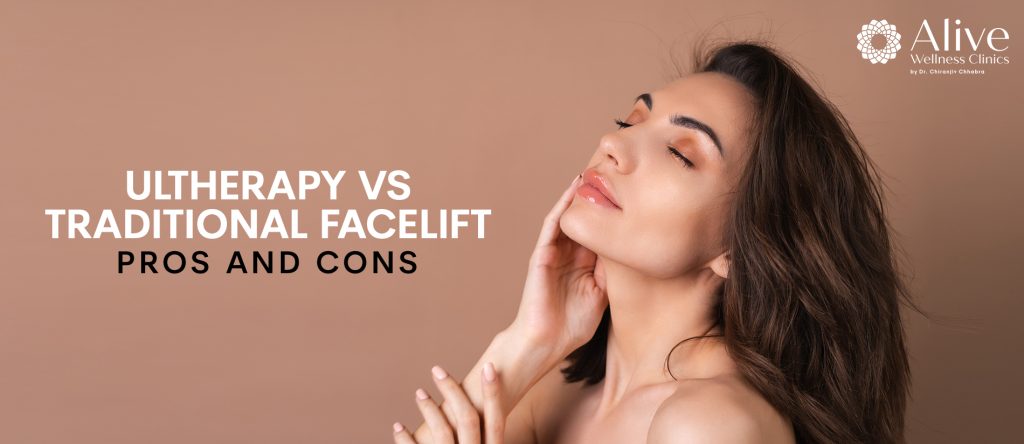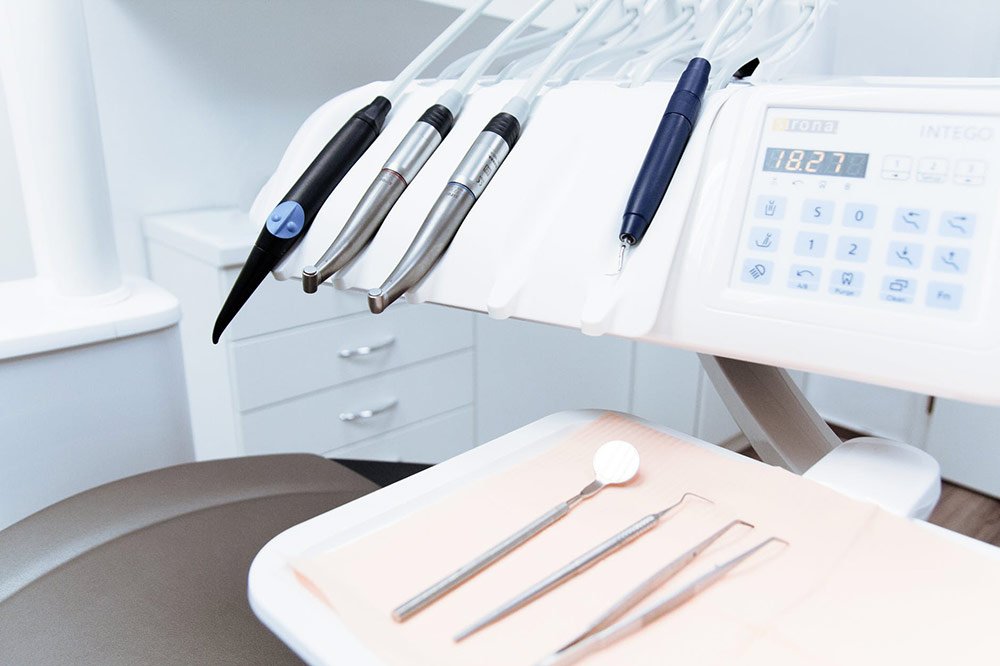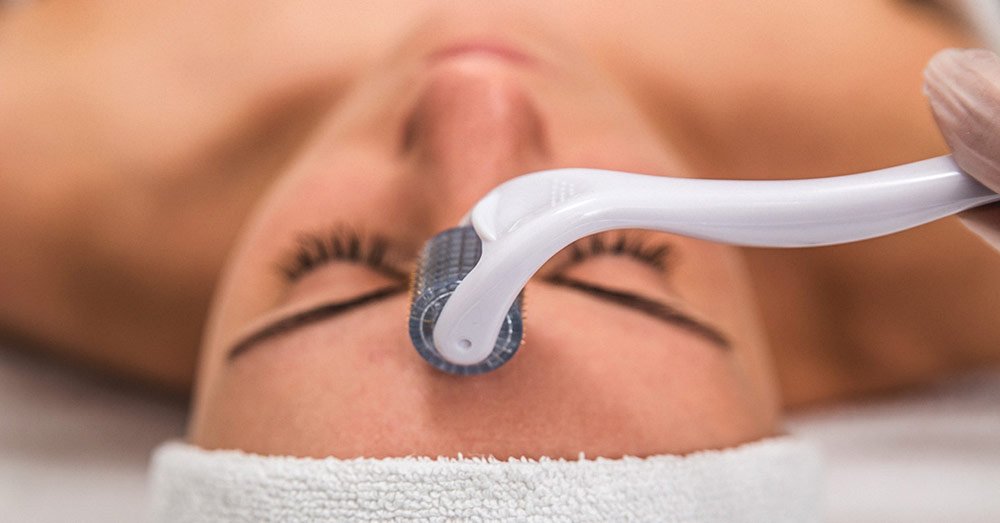With age comes a greater yearning to travel back in time and get our skin back to its youthful firmness and vibrancy. Fortunately, new developments in cosmetic surgery provide a range of choices, enabling people to select the procedure that best meets their specific requirements. We will examine and compare the pros and cons of Ultherapy and a traditional facelift in this blog post.
Pros of Ultherapy
- Non-Invasive: The fact that Ultherapy is non-invasive is one of its biggest benefits. Because the procedure is done on the skin’s surface, there won’t be any scars, stitches, or incisions, and there won’t be much downtime.
- Collagen Stimulation: The ultrasonic energy of Ultherapy reaches deep into the skin, where it activates the body’s natural collagen-producing process. This leads to improvements that appear natural and happen gradually over time.
- Customizable: Ultherapy can be made to target particular problem areas. The treatment can be tailored to your needs, whether your focus is on the décolletage, neck, or brow.
- Long-Lasting Benefits: Ultherapy has long-lasting effects that can continue for a year or longer. Because of this, it’s a great option for those seeking a long-lasting solution.
- Minimal Downtime: Ultherapy requires very little downtime. The majority of people may resume their normal activities right after following the operation, which makes it a practical choice for people with hectic schedules.
Cons of Ultherapy
Similar to the pros, it’s critical to be aware of the cons of the therapy, particularly if you are receiving it for facial issues.
Not Suitable for All Concerns: Mild to moderate skin laxity is the best candidate for ultherapy. With this therapy, people with significant sagging might not get the desired outcomes.
Pros of a Traditional Facelift
Results Are Immediate: The appearance of the face is significantly and immediately improved with a typical facelift. When it comes to treating severe sagging, deep wrinkles, and other advanced indicators of aging, it works very well and produces a more noticeable transformation than non-surgical methods.
Cons of a Traditional Facelift
- Anesthesia and Surgery: A typical facelift necessitates anesthesia and involves surgery. This could lead to dangers and require a longer time to recuperate.
- Scarring: A facelift will leave scars in spite of the meticulous placement of the incisions to reduce visual scarring.
- Prolonged Recovery: Following a facelift, there may be visible bruising and swelling for a few weeks.
- Cost: Ultherapy is less expensive than a traditional facelift.
Choosing What to Do
Your unique goals, concerns, and circumstances will ultimately determine whether you should choose Ultherapy or a standard facelift. It’s crucial to speak with a qualified professional who can evaluate your needs and suggest the best course of action for you.
We at Alive Wellness Clinics are committed to offering the best possible care and knowledge because we recognize how important this choice is. Whether you choose Ultherapy or a more conventional facelift, our team of skilled experts is dedicated to assisting you in getting the outcomes you want.



